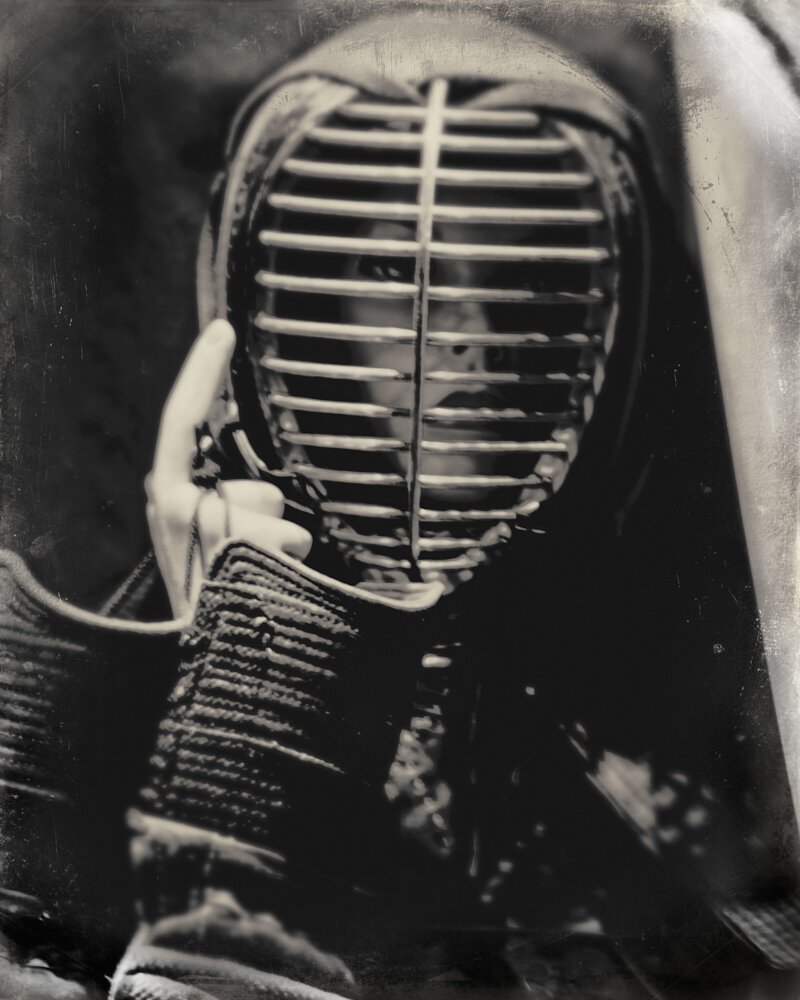Peculiar analog - a journey into large format photography
Telling the story about my steps into the peculiar world of large analog photography. Moving from handheld cameras to a view camera can be an anxiety-provoking experience. Everything is kind of the same but seems new - it is as if you are starting over again.
The view camera can do many things, but it won't do it automatically. Lenses are set manually, the sheet film has to be loaded separately, a tripod is a must. The use of a handheld exposure meter is advised. Composing the photograph on the ground glass will present you with an upside-down and backward image.
I owned a view camera for several years. I tinkered with the settings but soon got back to 35mm and medium format cameras—Analog and digital. There are not many photographers around for guidance through the pitfalls and practical difficulties in large format photography. The change in tools and vision is not as easy. The books I read didn't seem to address my questions or help solve my problems.
With the present situation at hand, I had more time and could grow my knowledge through hours of enjoyable work. With the assistance of several other photographers on the large format photography forum, I could avoid and solve some problems. This story might help other photographers making a similar transition as smoothly as possible. In the forum, you can find information about lens recommendations, suggested camera styles, methods of developing film, and alternative photographic processes.
The example I'll post along my journey into sometimes forgotten processes should make them similar to situations you might encounter, whether in architecture, landscapes, portraiture, or studio photography.
I hope that it will become a reference guide and a tool to help anyone through what might seem to be a confusing undertaking.
In this age of small electronic cameras, not to mention smartphones, why is the old view camera undergoing a revival in popularity? In my opinion, because more and more photographers are discovering that the view camera can create impossible images, to begin with, a nonadjustable roll film camera and the haptic involved in handling a large format camera is another point.
Unlike a 35mm camera in which the camera back and the lens is always held parallel to each other, the view camera permits its front (lens board) and back (film plane) to be adjusted independently. This allows for a remarkable degree of control over image contour, contortion, and depth of field. There is a limitless number of arrangements possible, and they all come from four kinds of movement: the rise and fall, the shift, the tilt, and the swing of the lens board and the film plane. These fundamental adjustments and the large film format are the view camera's most winning features.
The view camera demands a lot of self-discipline, so it is not a tool for every photographer. Working with such a camera is a slow, systematic process that requires thorough attention to detail.
If you are willing to apply time and effort, the large format camera will expand your imagination and engagement with your subject matter. The view camera can take you into areas where a more miniature camera is incapable.





